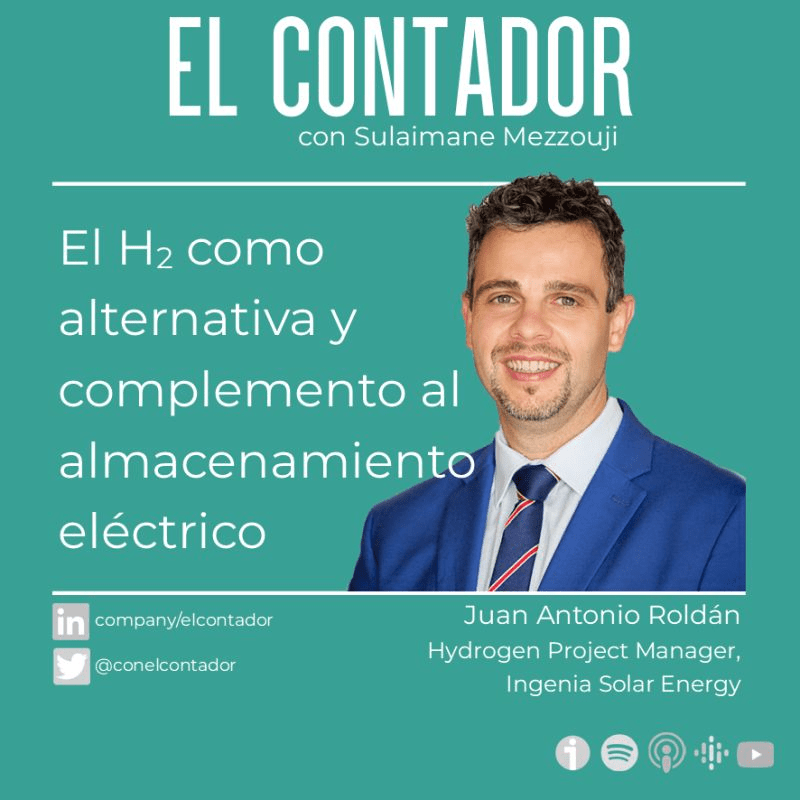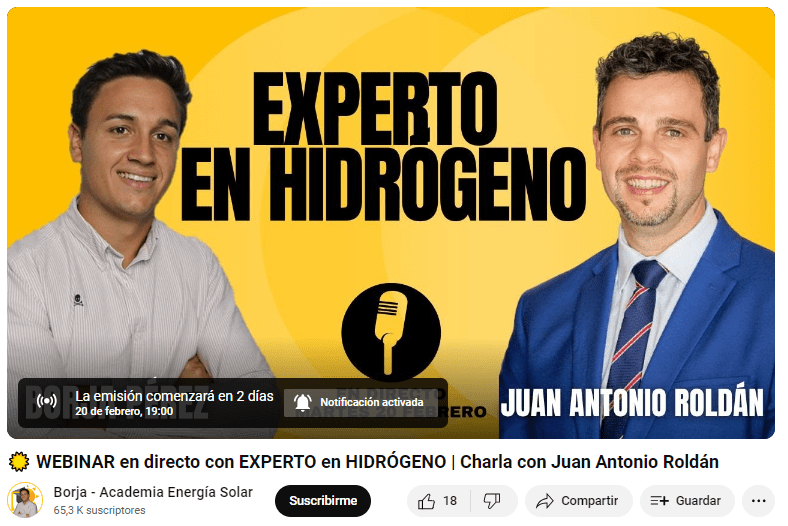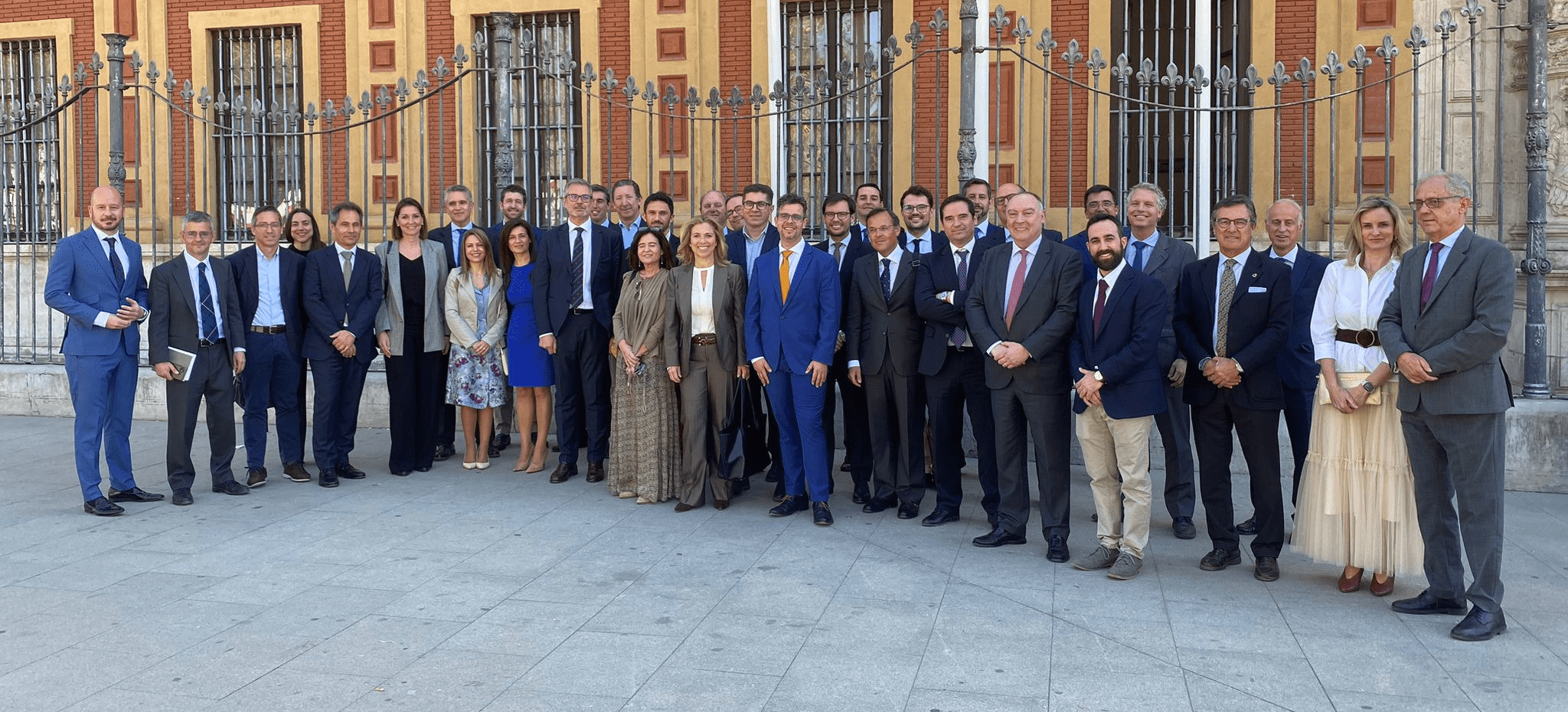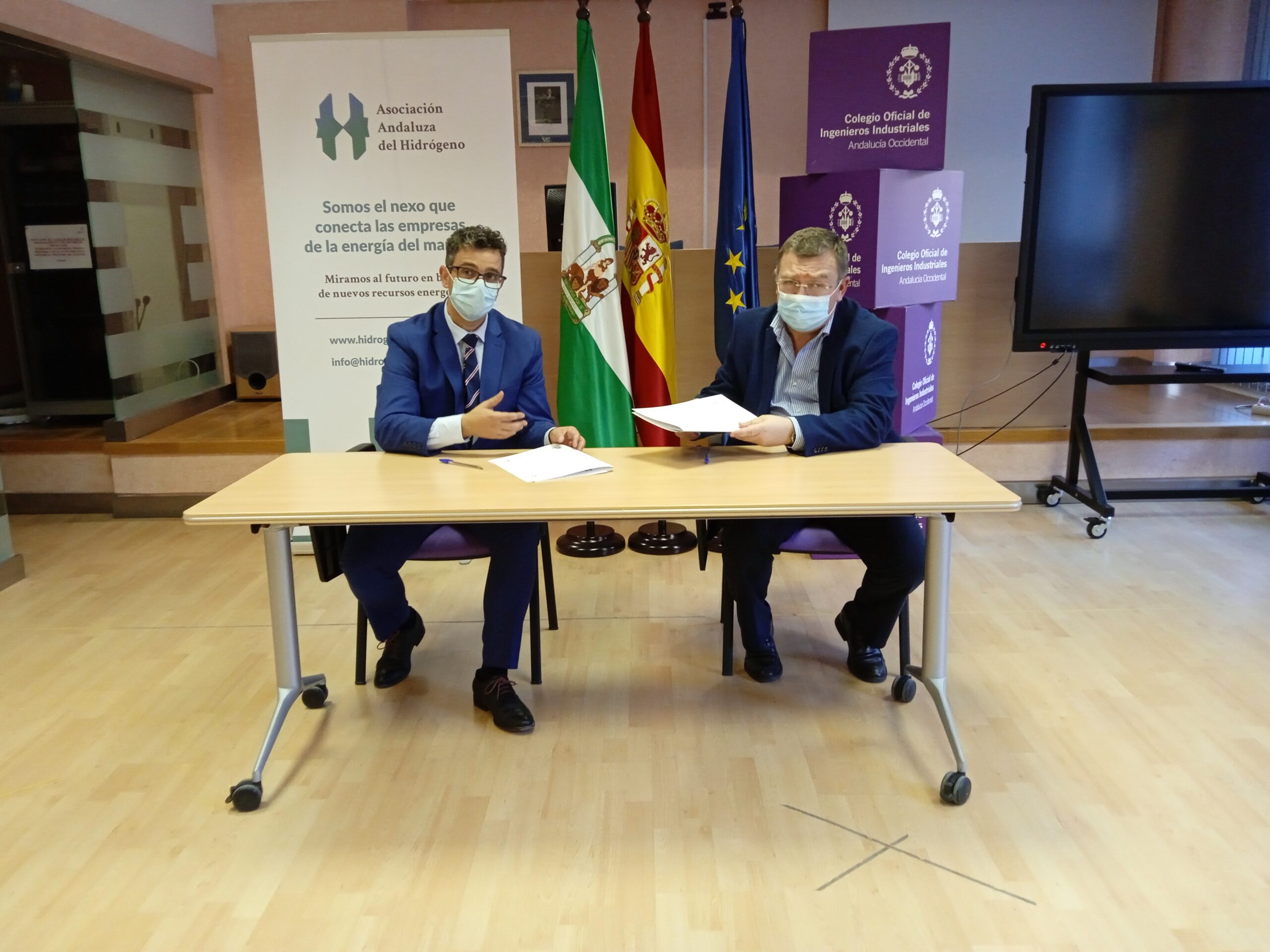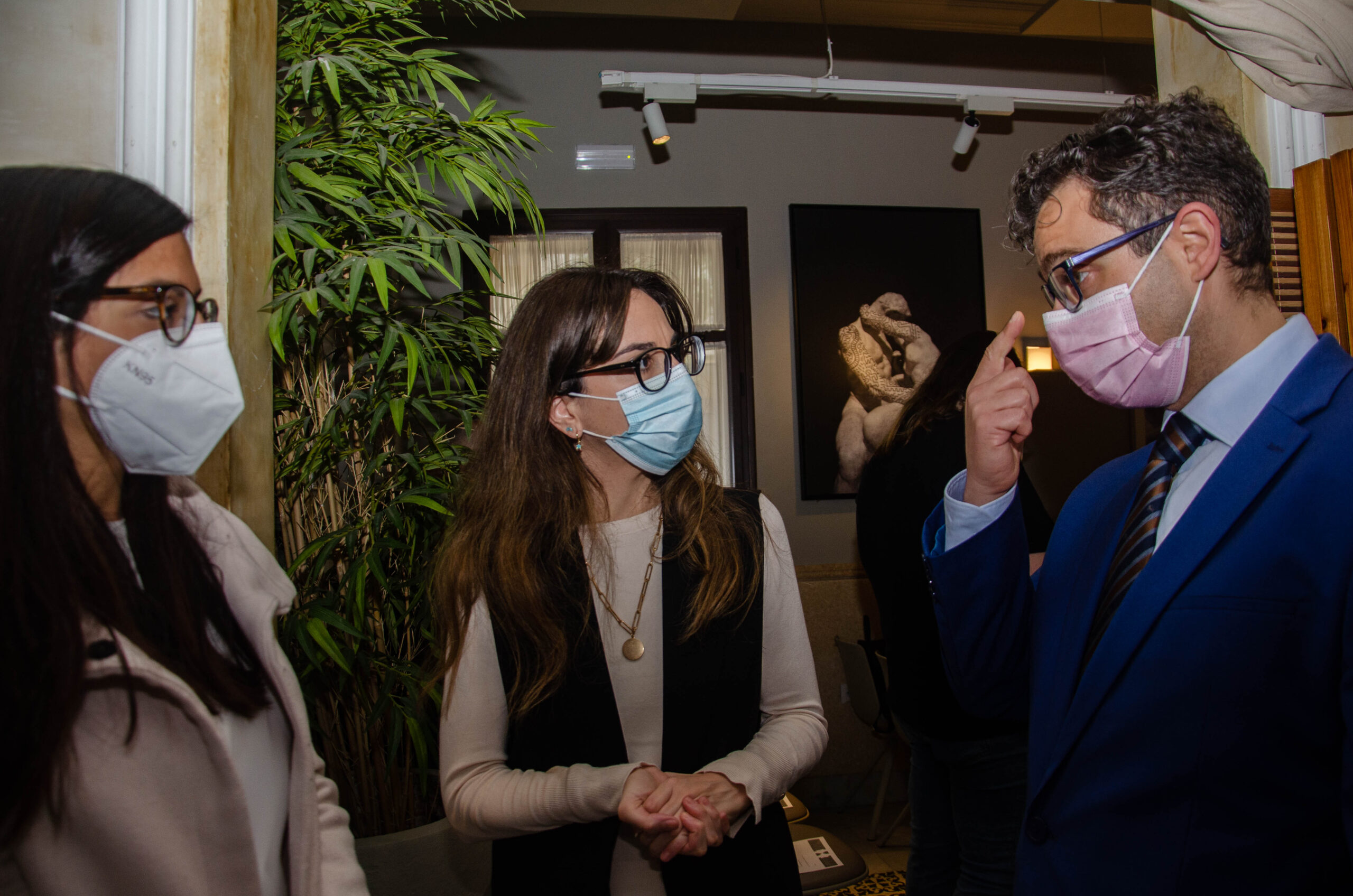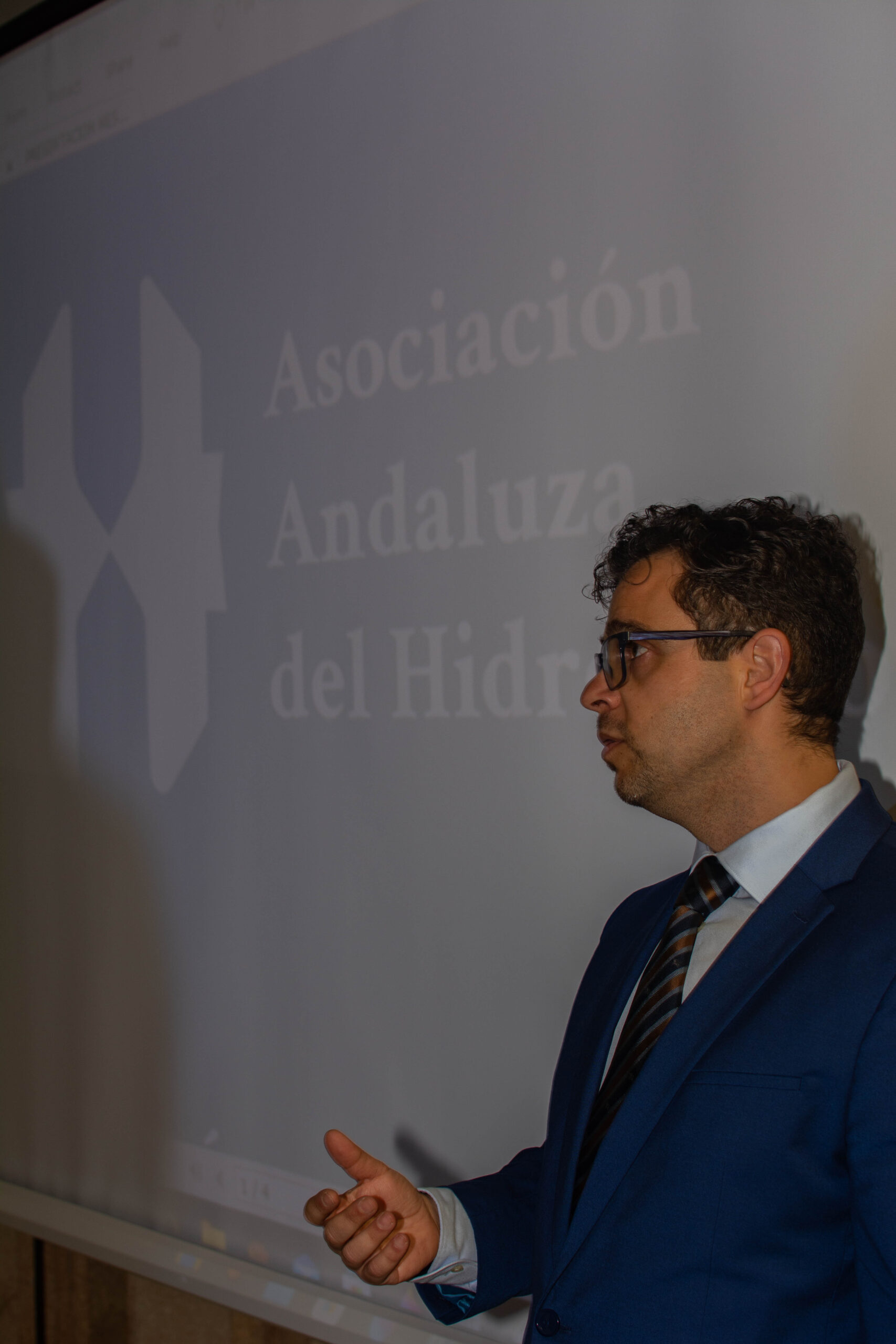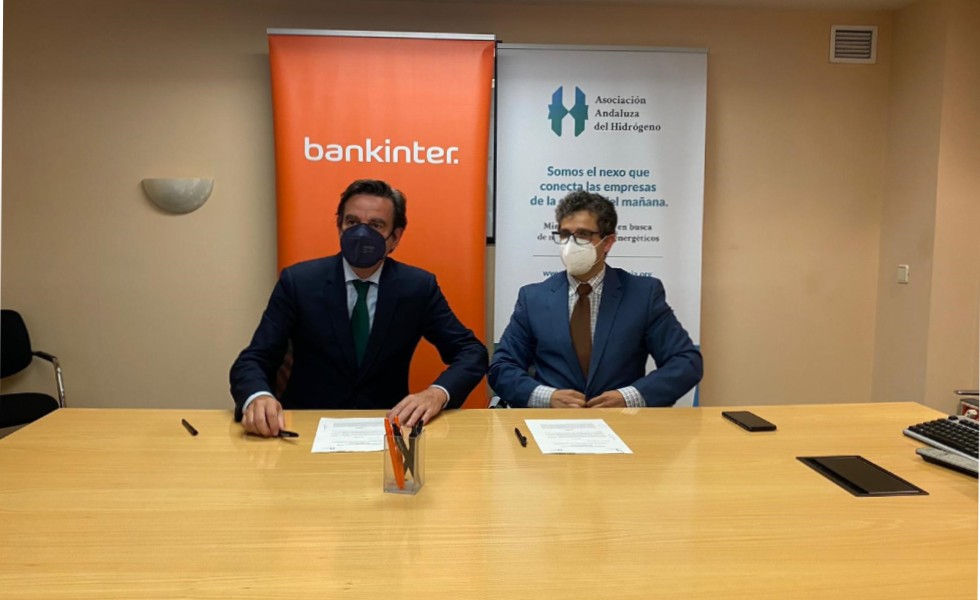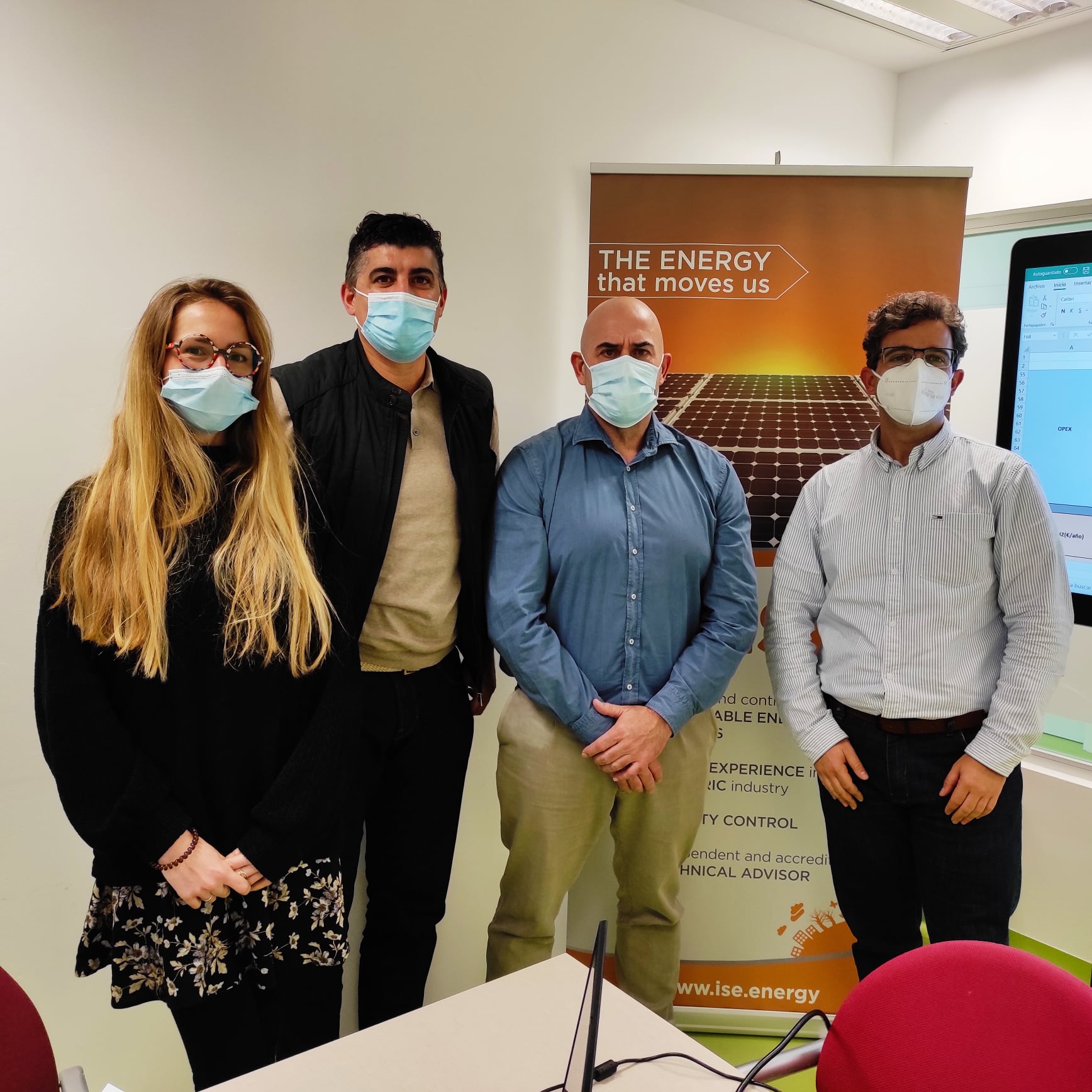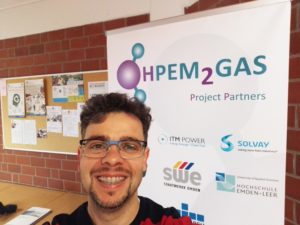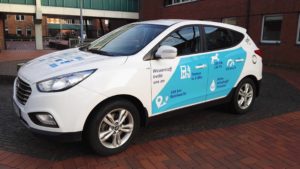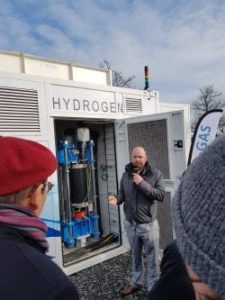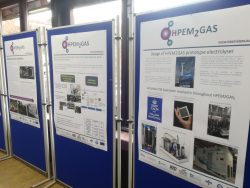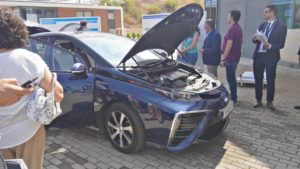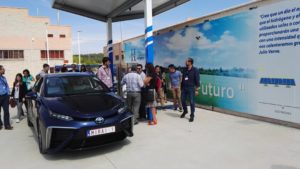SoCalGa Company Tests Hydrogen Energy Technology

SoCalGa Company Tests Hydrogen Energy Technology to Store Renewable Energy:
Southern California Gas Co. announced the power-to-gas (P2G) hydrogen pipeline injection program it funds at the University of California Irvine has successfully demonstrated the use of excess renewable electricity that would otherwise go to waste.
P2G is a technique for converting surplus clean energy from solar panels or wind farms into hydrogen, which can be blended with natural gas and used in everything from home appliances to power plants.
The renewable fuel can also be converted to methane for use in a natural gas pipeline and storage system or used in hydrogen fuel cell vehicles. The features of hydrogen can especially enable long-term storage of large amounts of carbon-free power, which is an advantage over lithium ion batteries.
“This research lays the groundwork for leveraging the natural gas infrastructure already in place for the storage and transmission of renewable energy,” said Jeff Reed, director of business strategy and advanced technology at the SoCalGas. “As more wind and solar production is deployed, energy storage will be a critical component for grid reliability.”
“One of the big challenges we’ve faced in adding wind and solar to the grid is what to do with the excess electricity,” said Jack Brouwer, associate professor of mechanical & aerospace engineering and civil & environmental engineering at UCI and associate director of its Advanced Power & Energy Program (APEP). “We’ve shown you need not halt renewable power generation when demand is low. Instead, the excess electricity can be used to make hydrogen that can be easily integrated into existing natural gas pipeline infrastructure.”
The pilot project began last summer with funding from SoCalGas and the participation of Proton OnSite, provider of an electrolyzer that produces hydrogen from electricity and water. APEP engineers worked with UCI facilities management technicians to install the new equipment adjacent to the campus’s power plant. Since then, the process has been closely monitored by researchers trying to determine whether P2G is feasible on statewide or regional power grids. Such systems are currently in place in Germany and Canada.
The central component of the process is the electrolyzer, which takes in water and uses excess renewable electricity to power an electrochemical reaction that splits it into hydrogen and oxygen. The oxygen is released into the atmosphere, and the hydrogen is compressed and sent about 60 feet through a pencil-thin, stainless steel tube to an injection point in UCI’s natural gas pipeline. There the hydrogen is mixed with natural gas and, shortly thereafter, burned in the gas turbine power plant to generate electricity and heat for the campus.
Hydrogen produced from electricity and water can also be converted into methane and injected into a natural gas pipeline system. The natural gas system includes transmission and distribution pipeline networks and existing underground storage facilities that can store enormous amounts of renewable methane or hydrogen energy for use at a later time. In the SoCalGas service territory alone, more than 12 terawatt-hours of electric equivalent storage can be accommodated.
